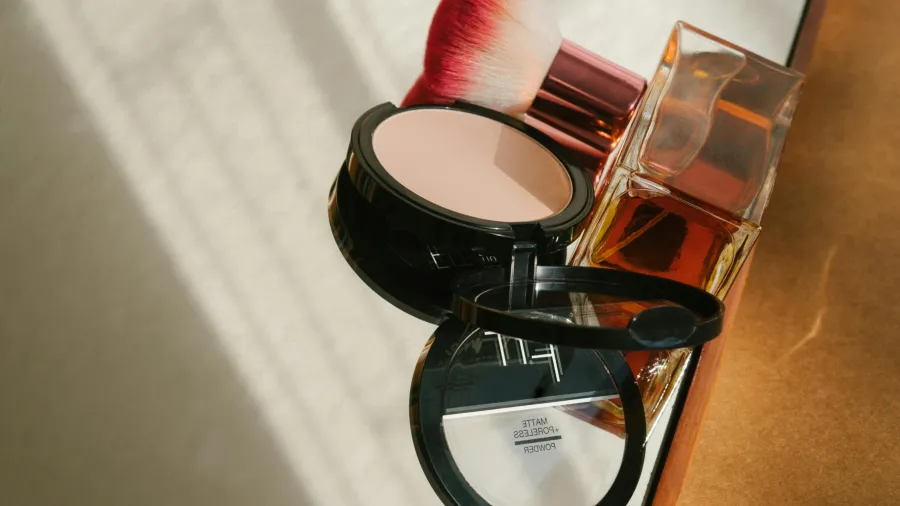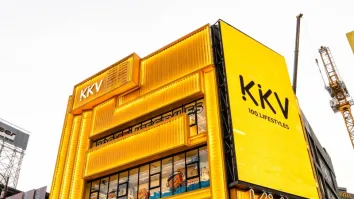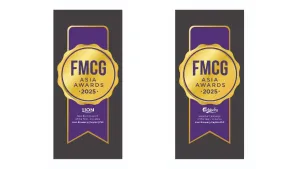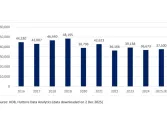
Why demand for premium cosmetics grows in APAC
Consumers, particularly older generations, are turning to luxury products for a superior experience.
The rising disposable incomes and a growing demand for high-quality ingredients are driving strong growth in the premium and ultra-premium cosmetics market across the Asia-Pacific (APAC) region.
Consumers, particularly older generations, are turning to luxury products for a superior experience, whilst a focus on healthier grooming habits is pushing them to spend more on beauty products with premium features, according to GlobalData.
“Premiumisation is an emerging trend in the APAC region, which is fueled by changing consumer needs and increasing affinity towards superior quality products,” said Naveed Khan, consumer analyst at GlobalData. “Countries such as China, India, and South Korea registered significant growths in gross disposable income per household in 2023+, supporting the trend.“
He added that high internet penetration is also making premium beauty products more accessible through e-commerce.
GlobalData's 2024 Q2 Consumer Survey found that 66% of respondents in Asia and Australasia value unique product attributes, and 34% prioritise high-quality ingredients in beauty products.
Manufacturers are responding to this demand by introducing products with innovative ingredients. In October 2023, Bio Essence launched a Gel Cleanser in Malaysia, featuring premium ingredients like 24k bio-gold and nano gold peptide.
“Young consumers, especially Gen-Z, are preferring quality over quantity and are seeking premium cosmetics,” Deepak Nautiyal, APAC and ME Consumer and Retail Director at GlobalData, added.
He noted that rhe rise of K-beauty and J-beauty trends, focused on traditional ingredients, is also boosting the market.
Brands like Coty and Sisley Paris are tapping into the trend, launching ultra-premium product lines in China and Hong Kong.
“Growing consumer inclination towards high quality and premium priced products will offer significant growth opportunities to manufacturers in the region," Khan said. "Moreover, manufacturers must concentrate on introducing products with innovative ingredient combinations in attractive and sustainable packaging to offer the premium appeal capable of attracting consumers.”

















 Advertise
Advertise





